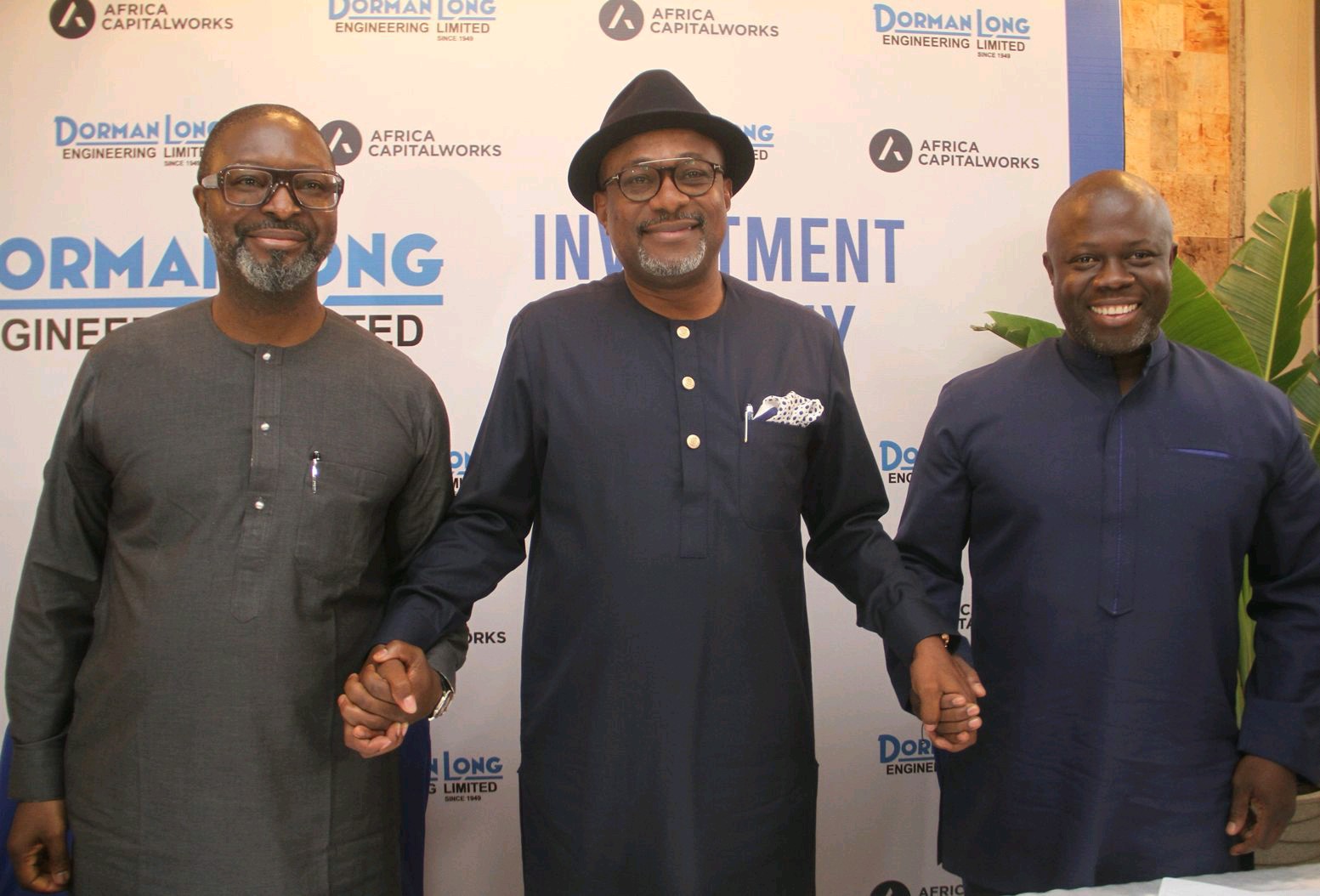Dorman Long Engineering, one of Nigeria’s leading oilfields equipment, structural steel, marine structures engineering and fabrication company has just secured a significant investment from Africa Capitalworks to support its expansion.
Established in Nigeria back in 1949, Dorman Long Engineering has grown to be one of Nigeria’s leading industrial and infrastructure development players, notably by servicing the country’s hydrocarbons industry. It operates three manufacturing facilities in Lagos, including one at its head office at Idi-Oro, a galvanising plant in Agege and a waterfront facility at the Navy Dockyard.
It has successfully executed major engineering services works, including onshore flow stations and major structural fabrication and erection, amongst others, for almost all oil majors and energy services companies operating in Nigeria.
More recently, it was a contractor on the Anyala & Madu fields development for First E&P, where first oil was achieved in October 2020. Each field is developed with an unmanned conductor supported platform (CSP), a novel drilling and development technology deployed in the Niger Delta by Dorman Long Engineering and its partners.
The company is currently a subcontractor on Seplat Energy’s 300 MMscfd ANOH gas plant, for which it is in charge of the fabrication of several components. The project is Nigeria’s biggest ongoing gas infrastructure development at the moment.
The fresh investment officialised today will support Dorman Long Engineering’s refurbishment of its equipment and help the company increase its regional footprint, Chairman Timi Austen-Peters told Hawilti. By expanding existing yards, acquiring additional facilities and expanding its service offering, the company notably aims to tap into new industries such as solar and hydropower.
The entry of Africa CapitalWorks will notably support the roll out of such plans and is likely to see Dorman Long Engineering taking on more work across Nigeria while it ventures into neighbouring markets.
Africa CapitalWorks Holdings (ACW) is a relatively new vehicle, launched by the CapitalWorks Group to target mid-market companies in sub-Saharan Africa. CDC, the UK’s development finance institution, is a cornerstone investor into ACW and invested $40m in the company back in August 2017. The other major investor is South Africa’s Public Investment Corporation (PIC).

